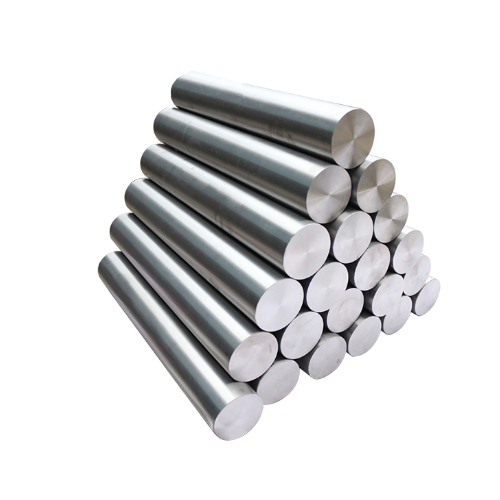We supply all grades of titanium bars. Contact us for the Latest Price
Overview of Titanium Rod
Titanium and liga de titânio rods are new types of structural materials. Due to titanium’s high melting point, low density, high specific strength, good toughness, fatigue resistance, acid, and alkali corrosion resistance, low thermal conductivity, good performance in extreme temperatures, and minimal stress under rapid heating and cooling, they are used in high-tech fields such as aviation and aerospace. They are also being increasingly promoted in industries such as chemical, petroleum, power, seawater desalination, construction, and daily life products.
Shapes
- Round Rods
- Square Rods
- Hexagonal Rods
- Special-shaped Rods
Common Grades of Titanium Rods
Chinese Standards
TA1, TA2, TA3, TA7, TA9, TA10, TA15, TA18, TC4, TC4ELI, TC6, TC9, TC10, TC11
American Standards
GR1, GR2, GR3, GR4, GR5, GR7, GR11, GR12, GR23
Manufacturing Process of Titanium Rods
- Hot Forging
- Hot Rolling
- Annealing and Straightening
- Turning (Polishing)
- Polishing
- Squaring Ends
- Inspection
- Packaging
Common Standards for Titanium Rods
GB/2965-2007, GB/T13810, ASTM B348, ASTM F136, ASTM F67, AMS4928
Specifications
- Diameter × Length (mm): 6mm – 250mm × L
Supply Condition
- Hot Worked Condition
- Annealed Condition
Referenced Standards
- GB 228: Metal Tensile Testing Methods
- GB/T 3620.1: Titanium and Titanium Alloys Grades and Chemical Composition
- GB/T 3620.2: Chemical Composition and Permissible Variations of Titanium and Titanium Alloy Processed Products
- GB 4698: Chemical Analysis Methods for Sponge Titanium, Titanium, and Titanium Alloys
Technical Requirements for Titanium Rods
- The chemical composition of titanium and titanium alloy rods should comply with GB/T 3620.1. If re-testing is required, the permissible variations in chemical composition should conform to GB/T 3620.2.
- The diameter or side length of hot-worked rods and their permissible variations should comply with the relevant regulations.
- The diameter permissible variations for turned (polished) rods after hot working and for cold-rolled or cold-drawn rods should comply with industry regulations.
- The out-of-roundness of turned (polished) rods after hot working should not exceed half of the size tolerance.
Applications of Titanium Rods
- Aerospace
- Aviation
- Marine
- Ships
- Seawater Desalination
- Petroleum
- Chemical Industry
- Machinery Equipment
- Nuclear Power Equipment
- Power Equipment
- Automotive and Motorcycle Parts
- Sports and Leisure
- Medical Components
- Steel and Metallurgy
- High-Tech Fields
Reference Data of Titanium and Titanium Alloy





Revisões
Ainda não há críticas.